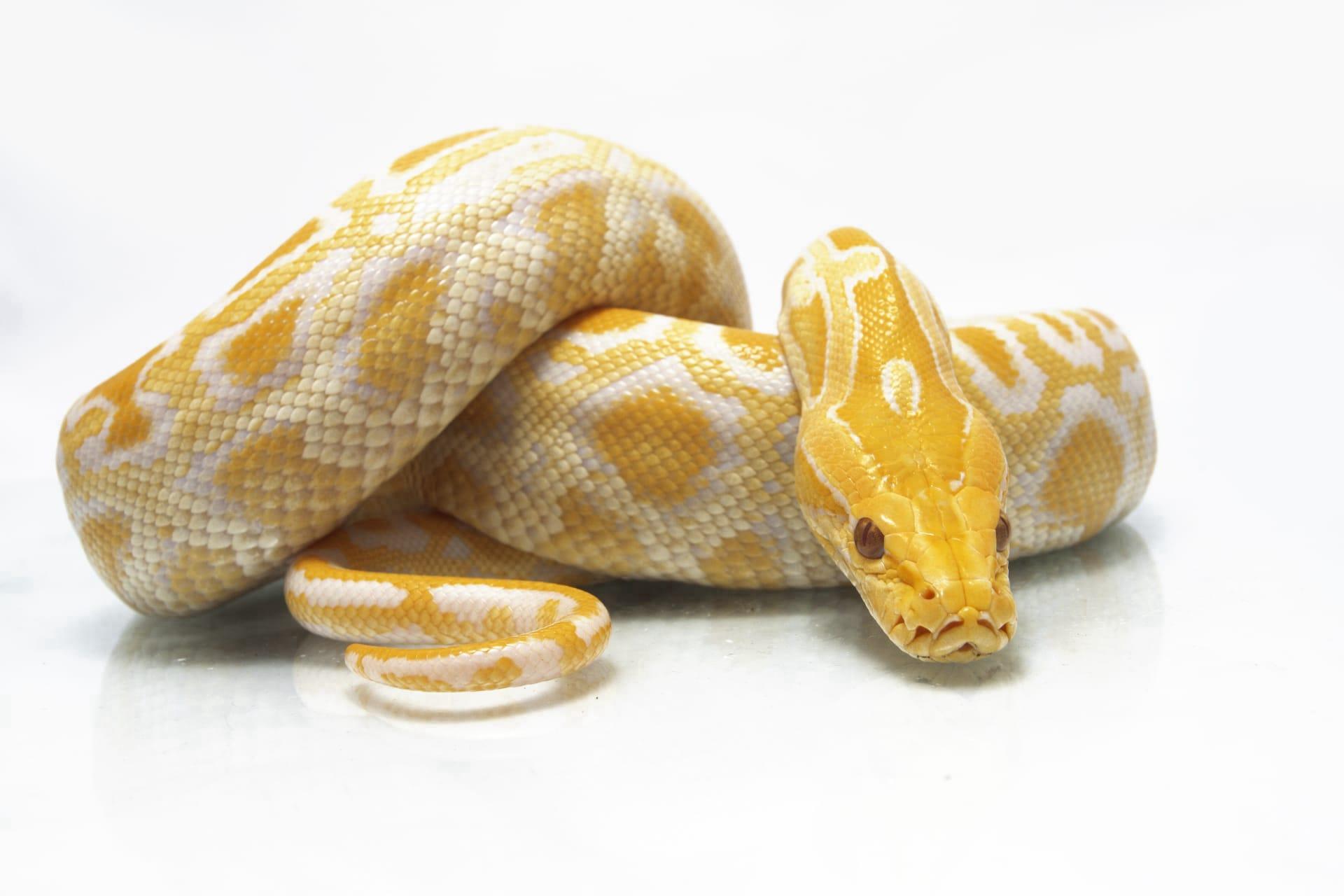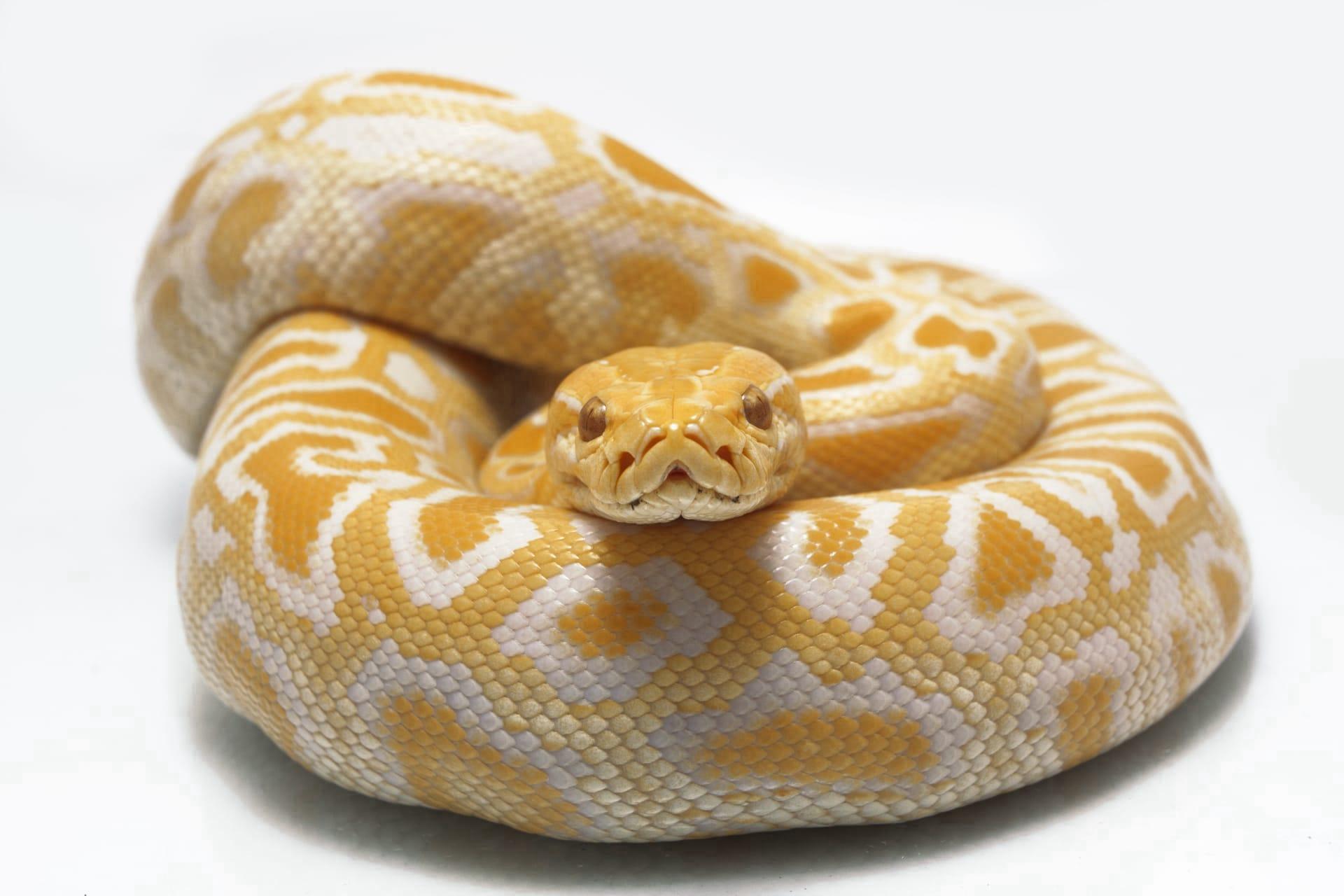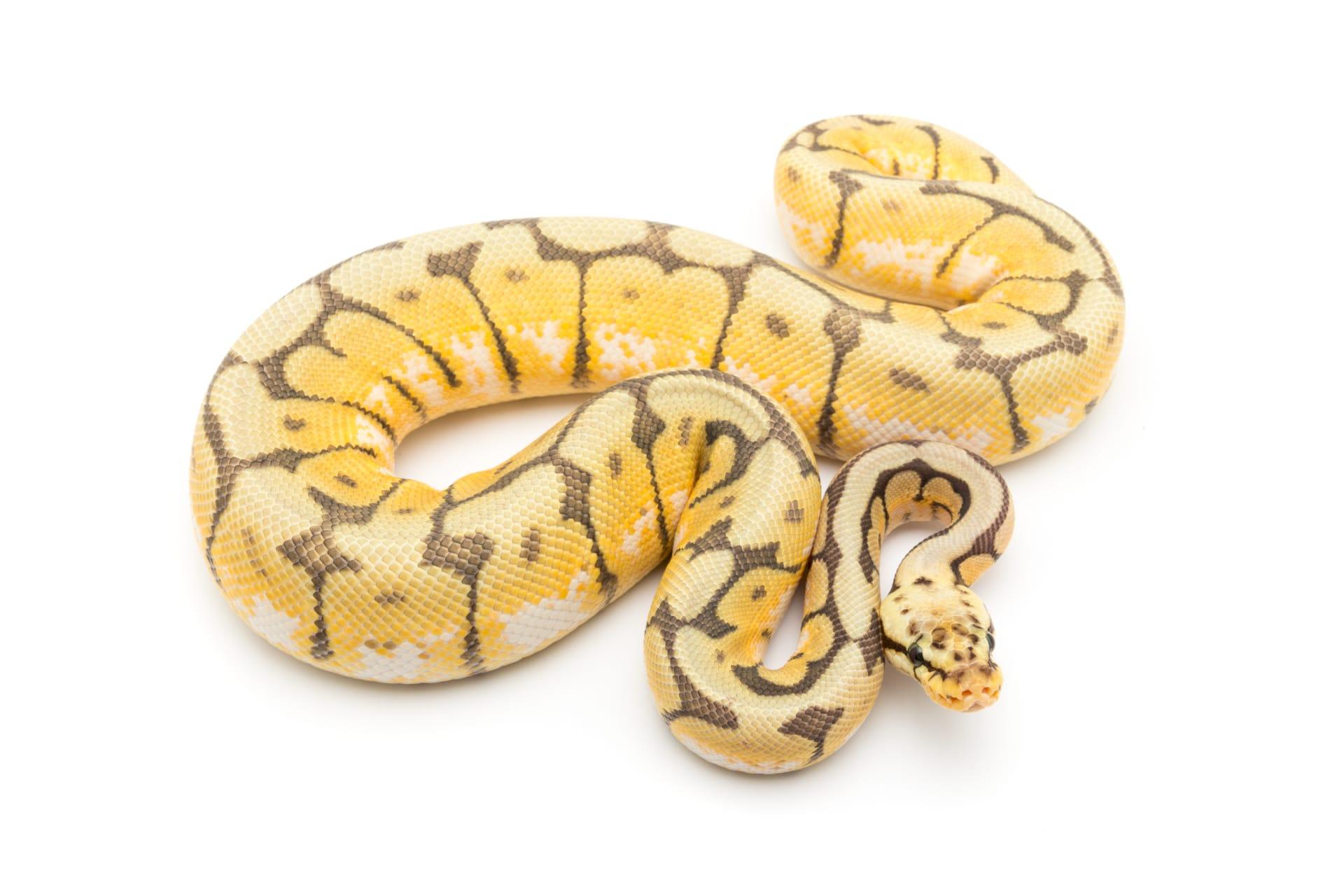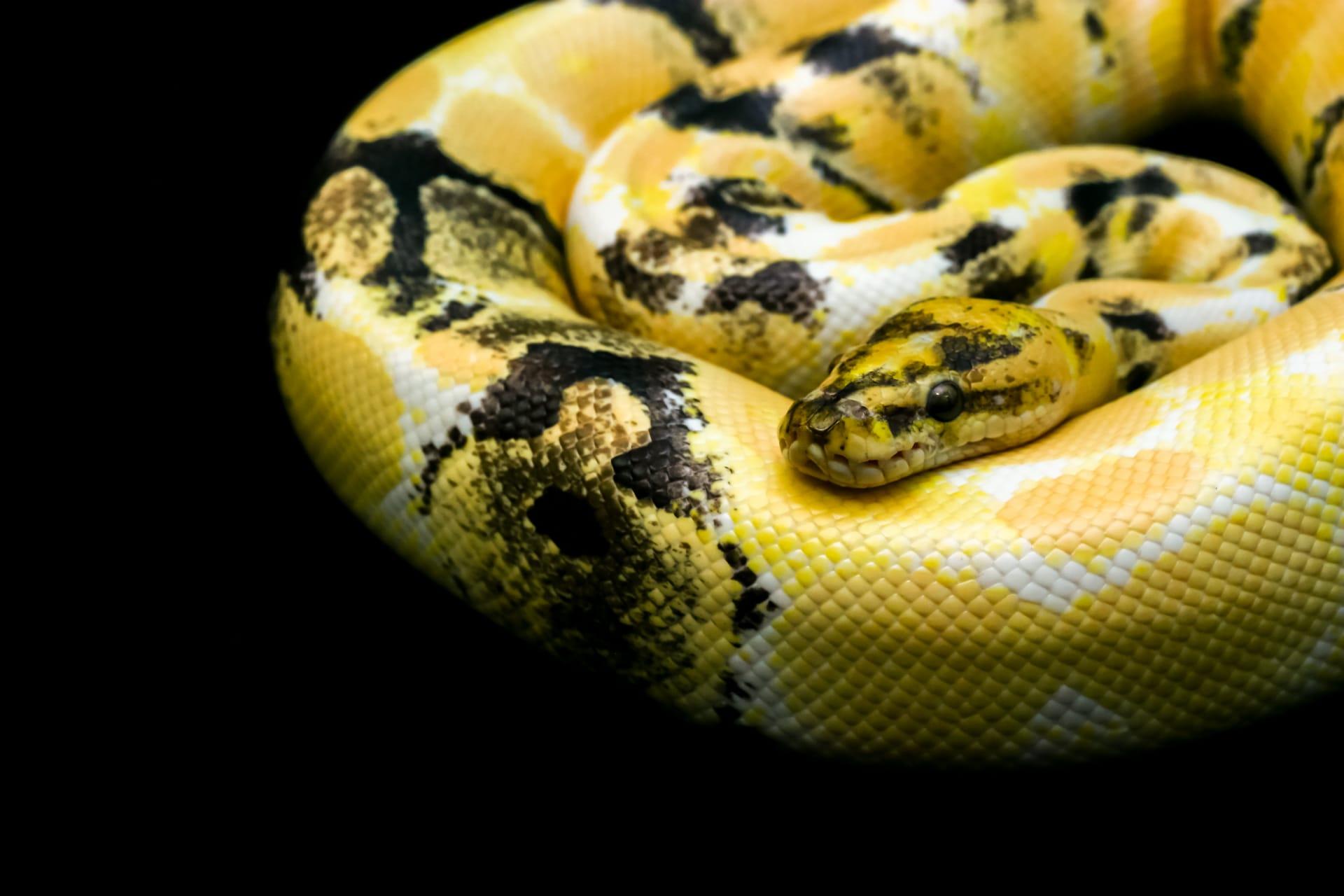Ball Python Snake Characteristics
- Home /
- Mini Encyclopedia /
- Animal /
- Ball Python Snake Characteristics
1
Ball Pythons, scientifically known as Python regius, are remarkable creatures. Native to sub-Saharan Africa, these snakes are known for their relatively modest size in the python family. Adult Ball Pythons typically measure between 4 to 6 feet in length, with females generally being larger than males. They have a sturdy, muscular build, and their skin displays a captivating array of patterns and colors, ranging from black and brown to gold and cream. These snakes are long-livers, with their lifespan in the wild averaging around 20 years. However, in captivity, with optimal care, they can live up to 30 years or more.
The most intriguing organ of the Ball Python is its heat-sensing pits. Located around the snake's lips, these pits are essentially infrared detectors. Each pit is a tiny opening that leads to a membrane capable of detecting minute differences in temperature. This adaptation allows Ball Pythons to accurately sense the presence and location of warm-blooded prey, even in total darkness. This heat detection is particularly crucial for their hunting and feeding behaviors, enabling them to strike with remarkable precision.

2
Question: What do Ball Pythons eat and how often should they be fed in captivity?
Answer: Ball Pythons are carnivorous, primarily feeding on small mammals and birds in the wild. In captivity, their diet consists mostly of rodents, like mice and rats. The size and age of the snake determine the size of the prey. Juvenile pythons eat more frequently, typically once every 5-7 days, while adults can be fed once every 1-2 weeks. Overfeeding can lead to obesity and health issues, so it's important to maintain a balanced feeding schedule. Fresh, clean water should always be available, and the prey should be appropriately sized – not wider than the widest part of the snake's body.

3
Ball Pythons, despite their heavy build, are surprisingly adept movers. They primarily utilize a method of movement known as 'rectilinear progression.' This involves alternating muscle contractions on their belly scales, which allows them to move forward in a straight line. This type of movement is energy-efficient and ideal for stalking prey or navigating through their habitat. These snakes are not known for their speed but rather for their stealth and precision.
When it comes to feeding, Ball Pythons are ambush predators. They adopt a 'sit-and-wait' strategy, where they remain motionless and camouflaged in their environment, waiting for unsuspecting prey to come within striking range. Once the prey is close enough, they strike swiftly, coiling around it and constricting until the prey succumbs. This method of hunting is efficient and conserves energy, making it ideal for their lifestyle.

4
Ball Pythons thrive in warm, tropical climates. They are native to the grasslands and open forests of West and Central Africa. These environments provide the necessary warmth and humidity, as well as ample hiding spots and hunting grounds. In captivity, it's crucial to replicate this environment to some extent, maintaining appropriate temperature gradients and humidity levels to ensure the snake's health and comfort.
In terms of reproduction, Ball Pythons are oviparous, meaning they lay eggs. The female python lays a clutch of 3 to 11 eggs and exhibits maternal instincts by coiling around them to regulate their temperature through shivering, a form of thermogenesis. Incubation lasts approximately 60 days, during which the female rarely eats. After hatching, the young snakes are independent and receive no parental care. They start fending for themselves right away, hunting small prey.

5
Book: "The Complete Ball Python: A Comprehensive Guide to Care, Breeding, and Genetic Mutations" by Kevin McCurley. This detailed guide, published in the United States in 2005, is written by a renowned herpetoculturist. The book covers everything from basic care to more advanced topics like breeding and genetic mutations. McCurley provides practical advice, grounded in years of experience, making it an essential read for both novice and experienced Ball Python keepers.
Book: "Ball Pythons in Captivity" by Don Soden. Published in 2006, this book delves into the nuances of keeping Ball Pythons as pets. Soden, an experienced reptile enthusiast, offers insights into the dietary, environmental, and health needs of these snakes. The book, aimed at a broad audience, is both informative and accessible, making it a valuable resource for anyone interested in the husbandry of Ball Pythons.